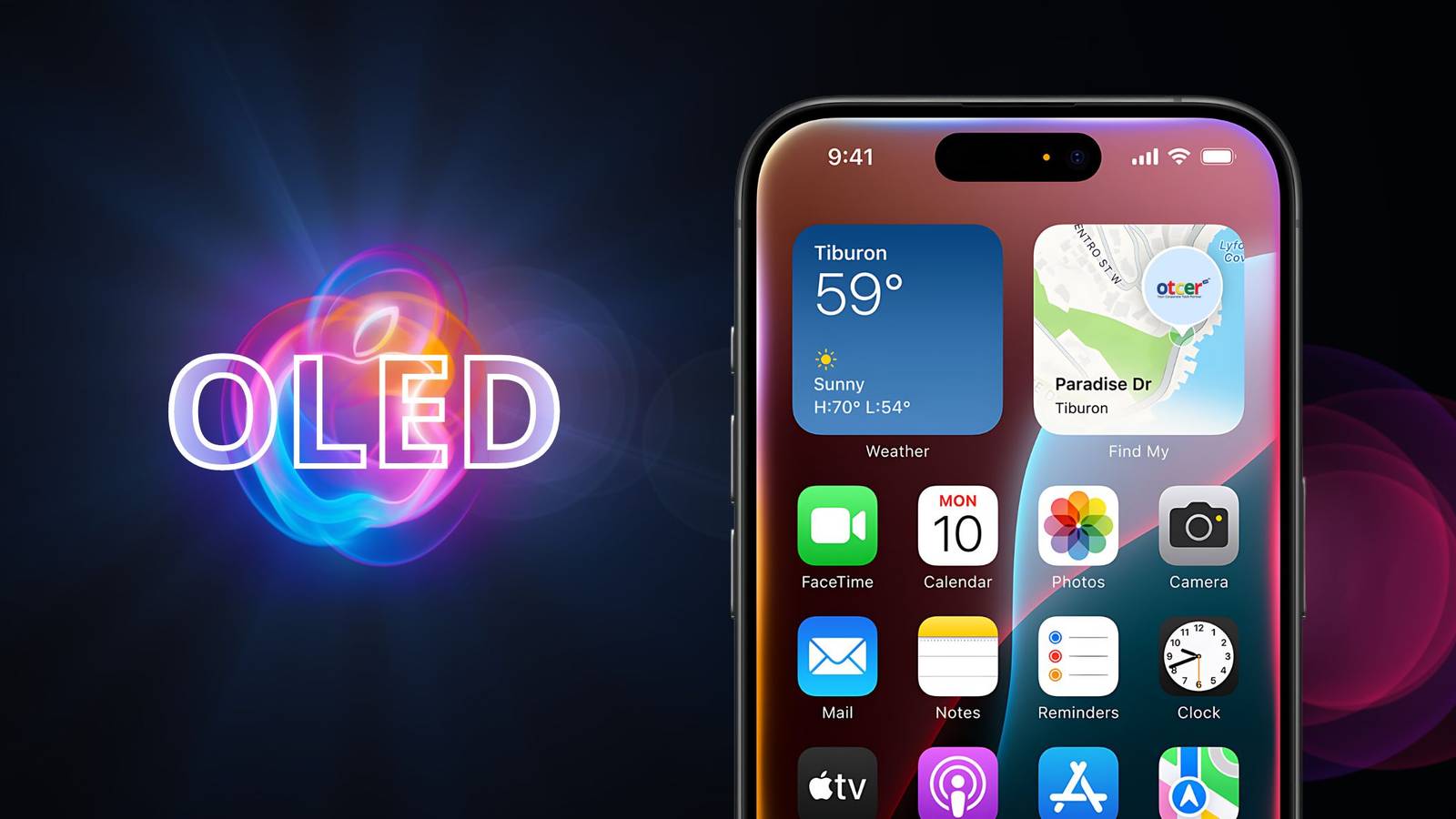Subtotal: ₱14,570.00
Apple’s OLED Revolution: Redefining the Future of iPhones by 2025
In a strategic move that promises to reshape the smartphone landscape, Apple is set to transition its entire iPhone lineup to OLED displays by 2025. This decision is more than a technical upgrade—it’s a statement about the future of mobile technology, user experience, and Apple’s vision for innovation. Here’s a closer look at what this means for consumers, the tech industry, and beyond.
Understanding OLED: The Heart of the Revolution
What is OLED?
OLED, or Organic Light Emitting Diode, technology is renowned for its ability to produce vivid colors, deeper blacks, and unparalleled contrast ratios. Unlike traditional LCDs, which rely on a backlight to illuminate pixels, each pixel in an OLED display emits its own light. This results in more accurate color reproduction and the ability to turn off pixels completely, creating true blacks and significantly improving power efficiency.
Why Does OLED Matter?
For iPhone users, the shift to OLED isn’t just about brighter screens—it’s about a richer, more immersive experience. The enhanced color accuracy and high contrast ratios make everything from photos and videos to games and everyday apps look stunningly lifelike. For creatives, this means more accurate color grading and editing on the go. For gamers and movie enthusiasts, the difference in viewing experience is profound, bringing content closer to reality than ever before.
The Ripple Effect: How Apple’s Move Sets the Tone
Setting Industry Standards
Apple has a history of setting industry standards, and its commitment to OLED is likely to have far-reaching implications. By making OLED displays a baseline feature across all iPhones, Apple is pushing the envelope, encouraging other smartphone manufacturers to follow suit. This could accelerate the adoption of OLED technology industry-wide, potentially even pushing it into more affordable smartphone segments.
Driving Technological Advancement
The shift to OLED on such a massive scale will likely spur innovation in display technology. As demand for OLED panels increases, manufacturers will be incentivized to improve production efficiency and explore new advancements, such as foldable OLED displays or transparent OLED screens. This can lead to exciting new form factors and use cases in the future, not just for smartphones but for a wide range of devices, from tablets to wearable tech.
Environmental Considerations: A Greener Future?
Power Efficiency and Carbon Footprint
OLED displays are known for their power efficiency, consuming less energy than traditional LCDs. This not only enhances battery life for users but also contributes to reducing the carbon footprint associated with smartphone use. As millions of iPhones with OLED displays hit the market, the cumulative effect could be significant, aligning with global efforts to reduce energy consumption and combat climate change.
E-Waste and Recycling Challenges
However, the shift also raises questions about e-waste and recycling. OLED panels are more complex and contain different materials compared to LCDs, which can pose challenges for recycling and disposal. Apple has been a leader in sustainability efforts, with initiatives like the Daisy recycling robot and commitments to using recycled materials. How Apple addresses the recycling of OLED panels will be a key aspect of its sustainability strategy going forward.
The Consumer Impact: Beyond the Screen
A Premium Experience for All
Currently, OLED displays are found in Apple’s high-end iPhones, like the Pro and Pro Max models. By 2025, even entry-level iPhones will boast this premium feature, democratizing access to top-tier technology. This move could redefine what consumers expect from a ‘basic’ smartphone, raising the bar for quality and user experience across the industry.
Potential Price Adjustments
While OLED technology has traditionally been more expensive, economies of scale could help keep costs in check. However, it’s possible that initial production costs might lead to slight price increases in the short term. Apple’s challenge will be balancing these costs while maintaining the accessibility that has been key to the iPhone’s widespread appeal.
What This Means for Developers
Enhanced Opportunities for App Development
For app developers, the transition to OLED displays across all iPhones presents new opportunities. Apps that take full advantage of the display’s capabilities—whether through stunning visuals, innovative UI designs, or power-efficient features—could stand out in a crowded market. This shift could lead to a wave of new, visually rich apps and games designed specifically to leverage OLED’s strengths.
Conclusion: A Vision of the Future
Apple’s decision to make OLED displays standard across all iPhone models by 2025 is not just a technical upgrade; it’s a bold step towards the future of mobile technology. By prioritizing superior display quality, power efficiency, and setting a new industry benchmark, Apple reaffirms its role as a pioneer in innovation. As we look forward to this evolution, it’s clear that Apple is not just selling devices—it’s crafting the future of how we interact with the digital world.


 Magic Trackpad 2 (Space Gray)
Magic Trackpad 2 (Space Gray)  In-Ear Headphoneswith Remote and Mic
In-Ear Headphoneswith Remote and Mic  Earpods with 3.5mm Headphone Plug
Earpods with 3.5mm Headphone Plug 